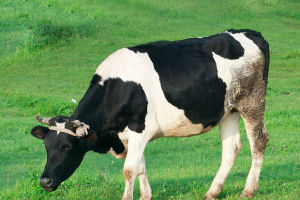According to reports, the female elephant named "Targa", lived in Augsburg Zoo in south-central Germany, is Germany's longest-lived elephant, but also one of the world's longest-lived captive elephants. It passed away in its sleep early in the morning of the 10th.
According to zoo director Thomas Lipp, "Targa" is the zoo's "icon". Hearing the news of the death of "Targa", some employees were sad to shed tears.
"Talgar" was born in India in 1955, came to Hamburg, Germany at the age of 6, then moved to Osnabrück and settled in Augsburg Zoo 35 years ago.
"Talgar's beloved "Burma" passed away last year at the "age of 53". For a long time after his death, the unsuspecting "Talgar" tried to find him and lived alone until his death.
I believe many of you have heard of the "elephant mound", the legendary "elephant graveyard". Legend has it that the elephants in an area go to a mysterious place before they die, and then die quietly. This place no one can find except elephants. That is, the elephant mound not only has a large number of elephant skeletons, and a valuable "ivory pile". However, so far, scientists have not found the existence of "elephant mounds". Some areas will have multiple elephant skeletons, mainly because of poachers' concentrated hunting or poisoning caused by.
The causes of death of wild elephants and elephants in captivity are very different. From what we can see, wild elephants mostly die due to human activities (poisoning, poaching), while elephants in captivity are often able to die naturally. In general, elephants that die naturally in nature are usually left alone and recycled with natural decomposition and decomposers. However, those that are poisoned are usually rendered harmless. As for elephants that die in captivity, they are either taxidermied, cremated, or buried (all requiring human intervention).


